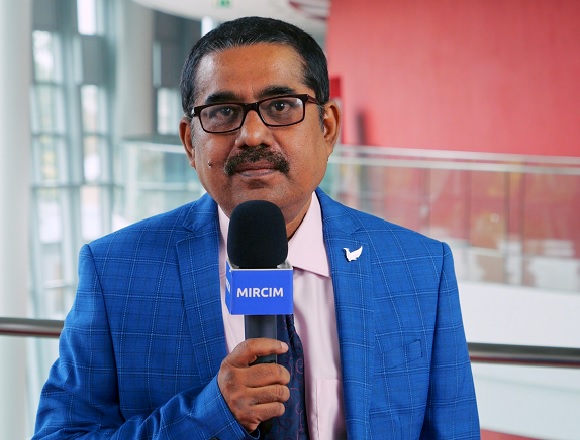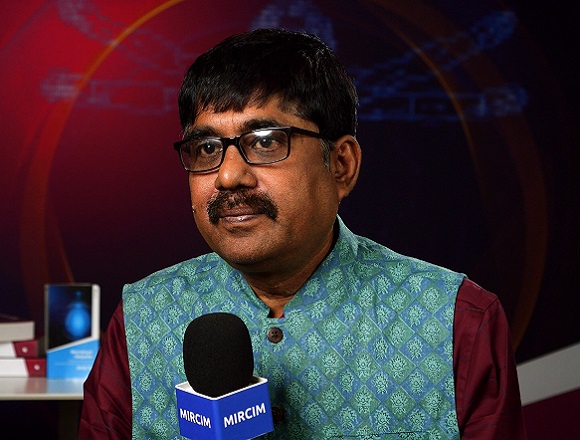Jyotirmoy Pal, MD, is a professor of medicine at R.G. Kar Medical College, Kolkata, India, and editor in chief of the South Asian edition of the McMaster Textbook of Internal Medicine.
What would you advise to your inexperienced colleagues faced with a febrile patient returning from tropical countries? What clues from the history and physical examination findings may suggest a potentially life-threatening infection in such patients?
If some patients return—go to the tropical countries and come to these temperate countries—the patients may have some infection. First, the clinical examination is very important, history taking, and the particular area where they traveled, because infections differ from zone to zone. That is very important. Also, the incubation period—after how many days of the last day of travel they developed fever. This is the information that will give physicians in the temperate countries a clue as to what type of tropical infection the patient has. So, there’s proper medical examination, and history taking, and then investigation, accordingly.
In tropical infections the best approach is the syndromic approach. What are the syndromes? What are the symptoms the patient is appearing with? Is it a patient with fever and hepatosplenomegaly or is it a patient with fever and jaundice? A patient with fever and renal involvement? With fever and confusion? Accordingly, you can shorten the differential diagnosis. And you may avoid sending [the patient for] a long list of investigations. You can minimize the [number of] investigations. You can start the empirical therapy according to the differential diagnosis and can have a better cure for the patient.
 English
English
 Español
Español
 українська
українська







